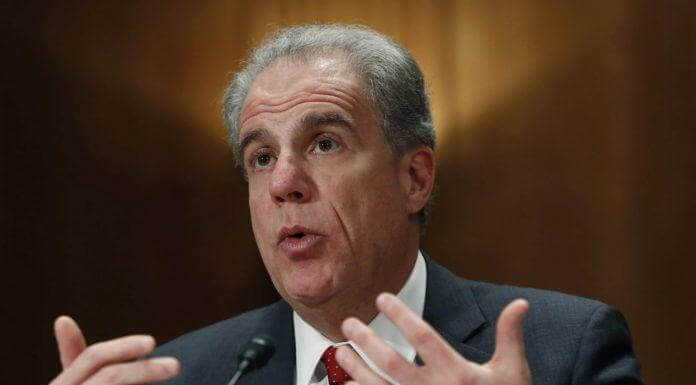(Ken Silva, Headline USA) The Justice Department’s Inspector General released a damning report last week, showing that at least one U.S. Attorney’s Office is misplacing “high-risk evidence.”
The DOJ Inspector General said he launched an investigation after learning that physical evidence in a criminal case was missing, some of which was “high-risk physical evidence”— a category that includes weapons, drugs, cash, negotiable instruments, or any other dangerous or valuable items, as per DOJ guidelines.
“The OIG’s investigation revealed that the USAO had stored physical evidence in this case and in prior cases, but that there were inadequate safeguards to ensure the proper storage of physical evidence by the USAO,” the IG report said.
“For example, there were no safeguards: to ensure that the location where the evidence was stored was locked; to document who had access to the location; or to document what evidence entered or exited the location,” the report said.
“At the time the high-risk physical evidence was reported missing, the particular USAO did not have any procedures to ensure the safe handling, secure storage, and documentation of physical evidence upon receipt from investigative agencies or other sources.”
The DOJ-IG recommended that USAOs craft a variety of policies for handling high-risk evidence. The report didn’t name the criminal case or the USAO that spurred its investigation.
There are 94 US Attorney’s Offices around the country, plus various branch offices—each with a varying amount of ability to handle and store evidence, the report said.
Typically, USAOs are discouraged from storing evidence—such evidence is supposed to be kept by the investigating agency—but they can do so under certain circumstances, the report added.
The Executive Office for United States Attorneys’ agreed with the DOJ-IG’s recommendations and promised to institute policies for handling high-risk evidence.
The mishandling of high-risk evidence can have deadly consequences, as the residents of Oklahoma City found out on April 19, 1995, when Timothy McVeigh attacked a federal building with a truck bomb.
In that deadly incident—which killed at least 168 people, including 19 children—numerous witnesses experienced multiple explosions, which led to conspiracy theories about bombs being planted inside the federal building.
While some still entertain that possibility, the late great journalist JD Cash discovered a simpler explanation: The ATF had illegally stored a substantial number of weapons and explosives on the ninth floor of other building, and many of those were detonated by the blast of the truck bomb.
“Those weapons included a TOW antitank missile and ammunition. Now, two more civilians have come forward to describe the arms magazine in even more stunning detail. The two witnesses (whom we will call Andy and Tom in order to protect their anonymity) add even more credibility to the concept that secondary explosions at the building were the result of explosives illegally stored by members of federal law enforcement agencies that office on the ninth floor of the Murrah building,” Cash reported on July 30, 1995.
“Andy, a civilian contractor hired to perform certain functions for the GSA during the rescue operations, actually helped the ATF, DEA and Secret Service remove weapons and gun safes from the ninth floor about two weeks after the explosion.”
One Oklahoma attorney, who has examined much of the evidence amassed, told Cash that the “possible malfeasance by these federal law enforcement agencies could lead, in terms of dollar amount, to the largest class action lawsuit in Oklahoma history.”
However, the FBI has never wavered in its official explanation that the bomb blast was caused by a single explosion from a fertilizer-and-fuel oil bomb in a rental truck parked outside the federal building.
Ken Silva is a staff writer at Headline USA. Follow him at twitter.com/jd_cashless.

